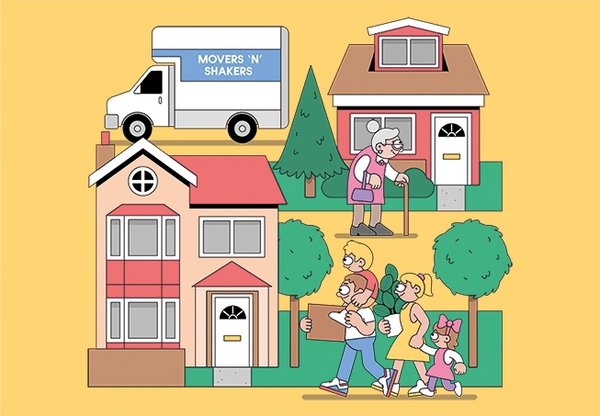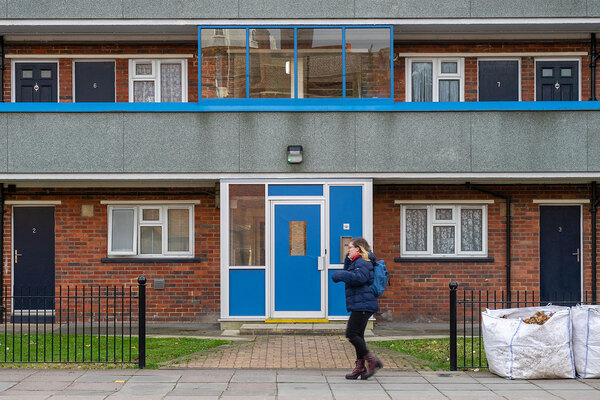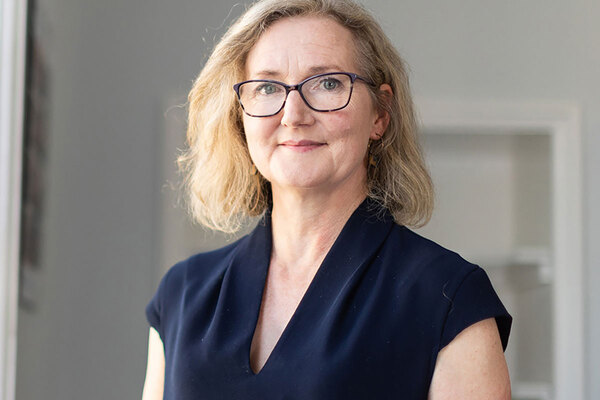Downsizing is not a silver bullet
It is time to focus on the types of homes older people want to live in, says Rachael Docking at the Centre for Ageing Better
A report from the London School of Economics earlier this month suggests that stamp duty is deterring older homeowners from downsizing and that the overall rate of home moving would be 27% higher if the levy was abolished.
It echoes research from McCarthy & Stone, published earlier this month, which found that 48% of people over 65 would consider downsizing now, or would be encouraged to downsize with a stamp duty exemption.
These reports are right to explore the issue of housing reform – there is no doubt that urgent focus is needed. But the current obsession with downsizing risks missing the point. It is not a silver bullet to solve the housing crisis and the challenges arising from the fact that our population is ageing.
Over the next 25 years, the proportion of households where the oldest person is 85 or over will grow faster than any other age group. Homes that meet the needs of older people are in greater and greater demand. As society starts to come around to this fact, the reaction has been an increasing interest in the topic of “downsizing” or “rightsizing”.
For some people moving home might be a positive option. It might mean they can move closer to family and friends, live in a home that is easier to run, release equity to help fund their later life or to pass on to younger generations.
But it is certainly not a viable option for all. Housing wealth has never been higher, but there are also huge inequalities experienced by people in later life which mean that for many, moving to a new home will simply not be an option, whether they want to or not.
Many older people have little savings and are on very low incomes. Many do not, and are unlikely to ever, own their own home. Private renting is in fact increasing for people aged 65 and over. Some 200,000 older adults have joined the rental market in the last four years and estimates suggest a third of over-60s could be living in private rental property by 2040.
"There are also huge inequalities experienced by people in later life"
For those who are fortunate enough to own their own home, stamp duty is much talked about as the barrier to people’s willingness to move.
It is only one barrier however, and does not tell the whole story. Reasons for or against moving are often not financial.
A study by the Homeowners Alliance showed that emotional ties, and a desire to preserve them, are a far more important barrier than financial concerns when considering moving.
More work needs to be done to understand the emotional and social barriers that prevent older households from moving before we can develop policies to incentivise people to move.
We need to be asking the question: what housing options do people actually want? We need a better understanding on housing options available and insight on what people themselves would want to do, especially to inform any measures that incentivise “downsizing”.
At the Centre for Ageing Better, we agree there is potential for enabling older people to move into more suitable housing, but the key focus should be on “suitable” housing, irrespective of size. We need regional market analysis to understand whether more suitable and affordable housing is available for older people to move into at the local level.
Failure to create new suitable homes and support the adaption of existing housing for our ageing population will not only contribute to the housing crisis but will lead to greater pressure on our already precarious health and social care systems.
Access to a suitable home, or the ability to make simple home adaptations at relatively low cost, can mean the difference between a person being able to remain at home or needing residential care. An unsuitable home can mean a greater risk of falling and ending up in hospital, or needing more intensive health care.
"More work needs to be done to understand the emotional and social barriers that prevent older households from moving"
We are currently undertaking a large-scale review of home aids and adaptations to understand what products work, and for whom, and how local government, housing associations and other services can maximise their support and resources - for example, how to get better value from Disability Funding Grants and increase access for those who need them. Currently only 7% of homes in the UK have basic accessibility features and 45% of people who identify as having a disability lack one or more of their required adaptations – but our insight suggests this is just the tip of the iceberg, and many more people are silently struggling to move around their homes - not being able to wash, sleeping on the floor, or climbing stairs on their hands and knees.
Research shows that simple home adaptations – such as handrails for outside steps and grabrails in bathrooms - improve quality life for 90% of people who receive them, and can reduce falls by up to 26%.
Our findings from the study will help to guide councils, housing associations, developers and many other organisations, in making sure more homes are suitable for older people, including those wishing to downsize. By understanding how we can improve current housing stock, these lessons can be used to inform the development of new homes and standards for planners, developers and builders.
The Chancellor would be wise to look at housing reform as part of his autumn budget, as some are calling for. But any changes need to be grounded in a much clearer understanding of the market, and of the choices older people make when moving.
Only then can truly effective solutions be identified to make moving more attractive, for those who want to move. It is time to shift the focus away from property size, and focus on the kind of homes people actually want to live in.
Rachael Docking, senior evidence manager, Centre for Ageing Better










